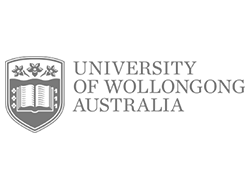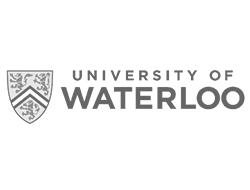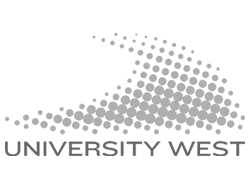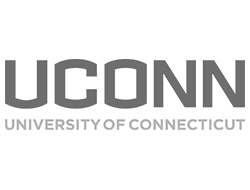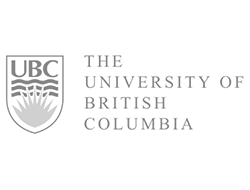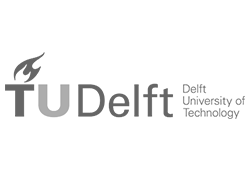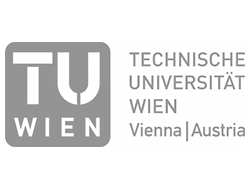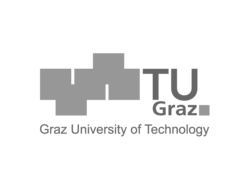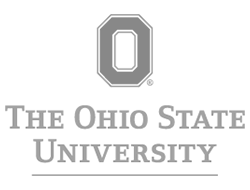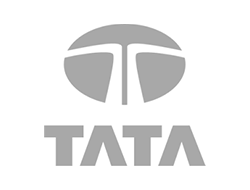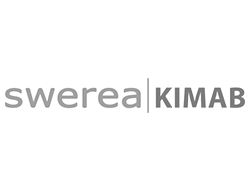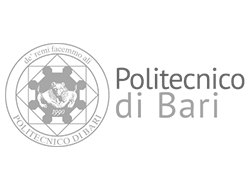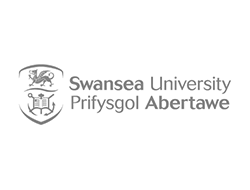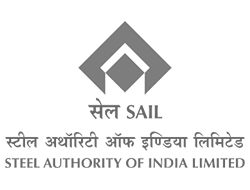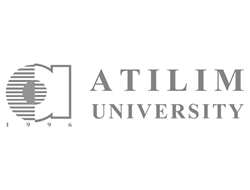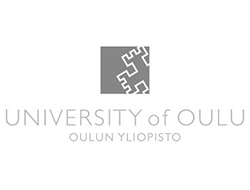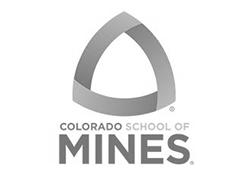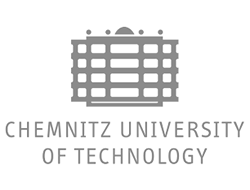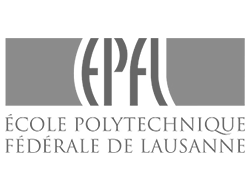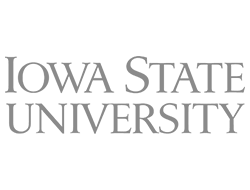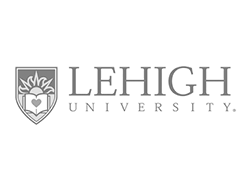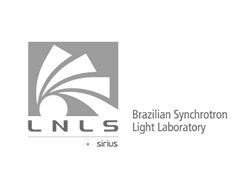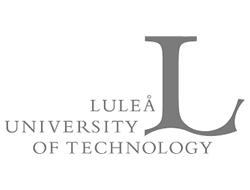Accelerated Development of New Steel Alloys using the Gleeble and Laser Ultrasonics (LUMet) at Baosteel
Introduction: Development and qualification of new alloys to meet demanding new applications can be a costly and time consuming process. The use of a Gleeble system with a LUMet (Laser Ultrasonic Metallurgy) has been proven to dramatically reduce alloy development costs and time-to-market by providing real-time data during laboratory physical simulations that significantly reduce the required number of rolling mill trials. This case study is a summary of information presented at the 4th Gleeble Technology Exchange Conference, Aug 1 to Aug 5, 2018 in Xi’an, China.
Background: The construction of larger TEU (Twenty-foot Equivalent Unit) container cargo ships has been an increasing trend in the ocean transportation industries for the last half a century. Drivers behind this growing trend include high transportation efficiency, high energy efficiency (per container) and low carbon emission (per container). Steel makers worldwide have been playing important roles at different stages and different levels to help make this happen.
The most challenging construction component of a large container ship is its keel or backbone. As a container ship becomes bigger and bigger the central area of the backbone will be subject to higher and higher load and stress concentrations and therefore needs to be made of stronger materials and designed with a larger cross section. Operating at extremely low service temperatures and under a complex low and high cycle fatigue service environment requires the backbone materials to be highly crack-resistant and highly efficient in crack-arresting when micro-cracks do occur.
To download the full case study, please fill out the form below and we will e-mail you a link to download the PDF.
|
|



